TIP Report: 3Ps, TIP, Tiers & Other Defintions*
Trafficking In Persons Defined
The Trafficking Victims Protection Act of 2000, as amended (TVPA), defines “severe forms of trafficking in persons” as:
sex trafficking in which a commercial sex act is induced by force, fraud, or coercion, or in which the person induced to perform such an act has not attained 18 years of age; or
the recruitment, harboring, transportation, provision, or obtaining of a person for labor or services, through the use of force, fraud, or coercion for the purpose of subjection to involuntary servitude, peonage, debt bondage, or slavery.
3Ps: Prosecution, Protection, Prevention
The 3Ps is the fundamental framework used around the world to combat human trafficking.
Reflected in the Protocol to Prevent, Suppress and Punish Trafficking in Persons, Especially Women and Children (Palermo Protocol), and the United Nations Transnational Organized Crime Convention (UNTOC), the United States also follows this approach in the Trafficking Victims Protection Act (TVPA).
Tiers
The Department places each country in the TIP Report into one of four tiers, as mandated by the TVPA. This placement is based not on the size of a country’s problem but on the extent of government efforts to meet the TVPA’s minimum standards for the elimination of human trafficking, which are generally consistent with the Palermo Protocol.
In order to maintain a tier ranking, governments need to demonstrate appreciable progress each year in combating trafficking.
Tier Placement
Tier 1
Countries whose governments fully meet the TVPA’s minimum standards for the elimination of trafficking.
Tier 2
Countries whose governments do not fully meet the TVPA’s minimum standards but are making significant efforts to bring themselves into compliance with those standards.
Tier 2 Watchlist
Countries whose governments do not fully meet the TVPA’s minimum standards but are making significant efforts to bring themselves into compliance with those standards, and for which:
the estimated number of victims of severe forms of trafficking is very significant or is significantly increasing and the country is not taking proportional concrete actions; or
there is a failure to provide evidence of efforts to combat severe forms of trafficking in persons from the previous year
Tier 3
Countries whose governments do not fully meet the TVPA’s minimum standards and are not making significant efforts to do so.
Other Defintions
“Trafficking in persons,” “human trafficking,” and “modern slavery” are umbrella terms – often used interchangeably – to refer to a crime whereby traffickers exploit and profit at the expense of adults or children by compelling them to perform labor or engage in commercial sex.
Acts, Means, Purpose
The TVPA and the UN TIP Protocol contain similar definitions of human trafficking. The elements of both definitions can be described using a three-element framework focused on the trafficker’s 1) acts; 2) means; and 3) purpose. All three elements are essential to form a human trafficking violation.
The “acts” element of forced labor is met when the trafficker recruits, harbors, transports, provides, or obtains a person for labor or services.
The “means” element of forced labor includes a trafficker’s use of force, fraud, or coercion. This can include threats of force, debt manipulation, withholding of pay, confiscation of identity documents, psychological coercion, reputational harm, or other forms of coercion.
The “purpose” element focuses on the perpetrator’s goal to exploit a person’s labor or services.
“...Because this is a global problem we have to have a global coalition to confront it, one that cuts across government, business, civil society, all other parts of our society.” -Antony J. Blinken, U.S. Secretary of State
*All content compiled from the July 2022 TIP Report:
United States Department Of State Publication
Office To Monitor And Combat Trafficking In Persons & https://2009-2017.state.gov/j/tip/3p/index.htm


